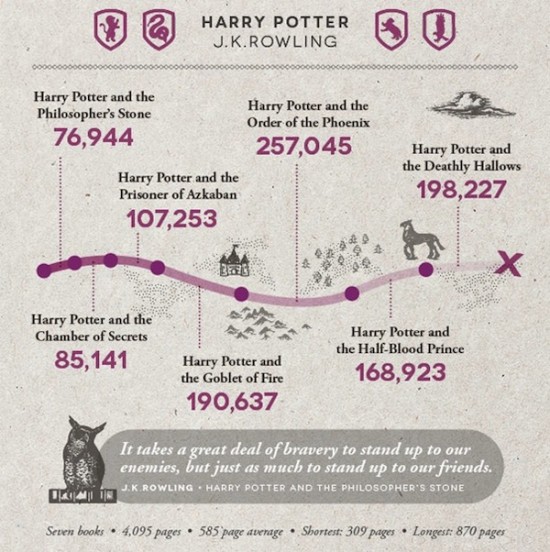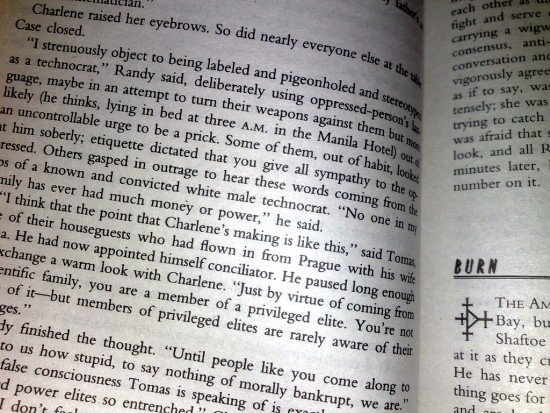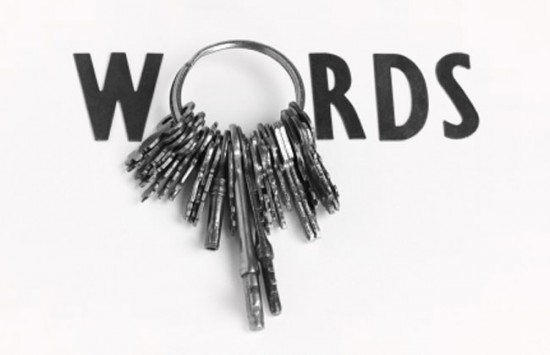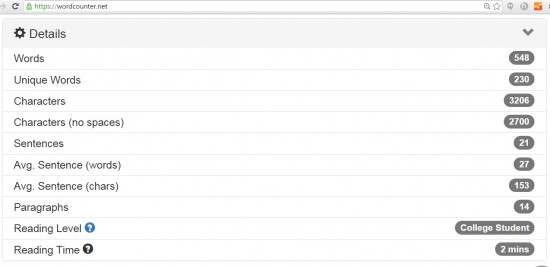How Many Sentences in a Paragraph?
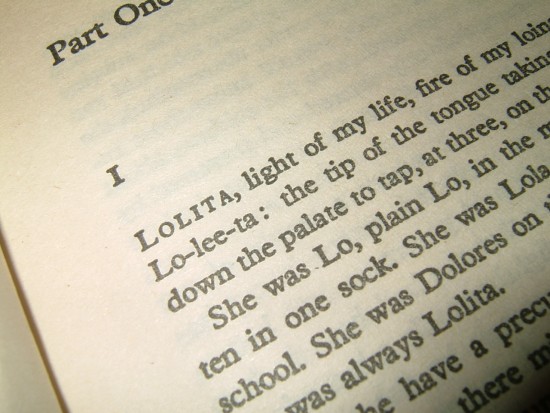
What do teachers want to see in a paragraph?
If you’re a student, your teacher or tutor may ask you to write a paragraph without telling you just how long he or she expects it to be. In general, educators like to see a paragraph consisting of at least 5 sentences. Start with a sentence that expresses an idea. Use the next 3 sentences for providing information that supports that idea, and use the final sentence to draw a conclusion.
Why do teachers expect longer paragraphs? Obviously, they want to see that you have acquired knowledge and can think critically. That’s quite difficult to demonstrate with a single sentence! Teachers will sometimes set a rule that all paragraphs should be a certain length, but it’s important to remember that specific paragraph lengths aren’t a prerequisite for acceptable writing.
When do you use shorter paragraphs?
Open just about any book, and you’ll find plenty of short paragraphs. If direct speech is used, there’ll be a new paragraph every time a new speaker starts to talk. News writers also like using short paragraphs. They have to present information in a succinct way and hold the reader’s attention.
Commercial writers know that most people don’t want to read 1,000 words of closely-spaced text in order to see what they are writing about, so they also like to keep sentences and paragraphs short. They’ll even use lots of sub-headers so you can see what each paragraph is about before you read it.
How do I know when to start a new paragraph?
Every time you begin to discuss a new thought that contributes to the overarching theme of your work, you can start a new paragraph. A paragraph will usually consist of a collection of sentences that, when considered as a group, have something in common. As soon as you move on to the next idea, you can begin a new paragraph.
Luckily, you don’t have to agonise about it too much, because as I’ve pointed out, there are no specific rules.
Tips for writing strong paragraphs
It’s best to begin a paragraph with a sentence that defines the topic that will be discussed. Try to keep it fairly simple. If you include too many ideas in your opening sentence, you run the risk of getting tangled in an overly complex and incoherent paragraph. Every sentence in a paragraph should support the first, “topic sentence.” When you begin discussing a new or related topic, start a new paragraph.
The University of North Carolina helps students with paragraph construction by providing them with a 5-step process:
- Express the idea that the paragraph will cover in a topic sentence.
- Explain the idea.
- Use an example.
- Explain why the example relates to the idea.
- Draw a conclusion.
Obviously, the recipe has been designed for those who want to write an informative and convincing work. And because these rules aren’t really cast in stone, you’ll find that different institutions give different recommendations.
The debate continues
If we look around, we’ll find that the idea of paragraphs with a minimum of 3-5 sentences and a maximum of 8 is pretty common. But there are some who say that two to three paragraphs per page are best and others who say that 5 to 7 lines will do the job. Meanwhile, journalism students are taught to keep sentences as short as possible, and one sentence paragraphs are considered perfectly acceptable.
There are those who say that using more than one paragraph to discuss an idea is perfectly alright, and since there are no hard and fast rules for paragraphs, I can’t really contradict them. I even found one recommendation that suggested a minimum of 7-10 sentences per paragraph and a maximum of a full page!
How long should your paragraphs be?
Unless you’re busy with academic writing, the length of your paragraphs is up to you. I like shorter paragraphs for informal writing such as this blog post. I like the idea of sticking to one idea per paragraph, and I think that paragraphs make reading and understanding a text a whole lot simpler. Single-sentence paragraphs are great for emphasis.
If you are writing to pass a school, college or university course, I recommend you ask your teacher or professor what’s expected of you. It’s always better to ask in these situations than to try to guess. This is by far the best way to make sure you tailor your writing to what your teacher expects rather than by going by a general rule.
(Photo courtesy of Laura)



